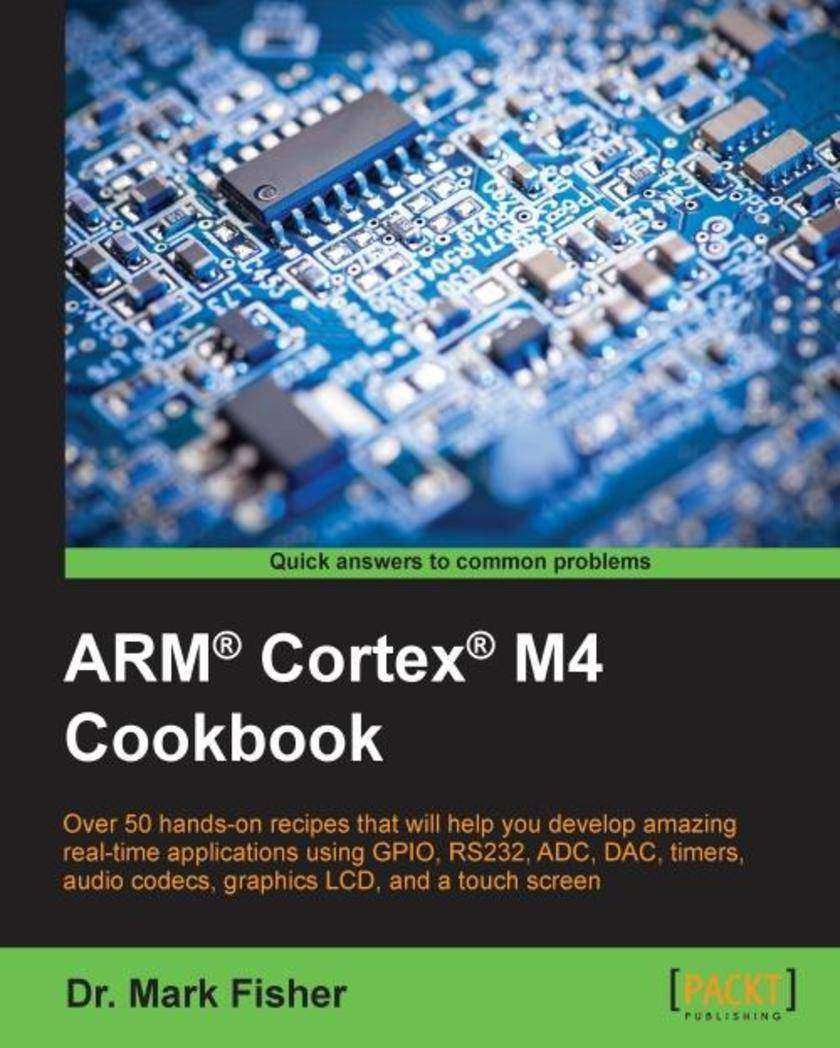
ARM? Cortex? M4 Cookbook
¥99.18
Over 50 hands-on recipes that will help you develop amazing real-time applications using GPIO, RS232, ADC, DAC, timers, audio codecs, graphics LCD, and a touch screen About This Book This book focuses on programming embedded systems using a practical approach Examples show how to use bitmapped graphics and manipulate digital audio to produce amazing games and other multimedia applications The recipes in this book are written using ARM’s MDK Microcontroller Development Kit which is the most comprehensive and accessible development solution Who This Book Is For This book is aimed at those with an interest in designing and programming embedded systems. These could include electrical engineers or computer programmers who want to get started with microcontroller applications using the ARM Cortex-M4 architecture in a short time frame. The book’s recipes can also be used to support students learning embedded programming for the first time. Basic knowledge of programming using a high level language is essential but those familiar with other high level languages such as Python or Java should not have too much difficulty picking up the basics of embedded C programming. What You Will Learn Use ARM’s uVision MDK to configure the microcontroller run time environment (RTE), create projects and compile download and run simple programs on an evaluation board. Use and extend device family packs to configure I/O peripherals. Develop multimedia applications using the touchscreen and audio codec beep generator. Configure the codec to stream digital audio and design digital filters to create amazing audio effects. Write multi-threaded programs using ARM’s real time operating system (RTOS). Write critical sections of code in assembly language and integrate these with functions written in C. Fix problems using ARM’s debugging tool to set breakpoints and examine variables. Port uVision projects to other open source development environments. In Detail Embedded microcontrollers are at the core of many everyday electronic devices. Electronic automotive systems rely on these devices for engine management, anti-lock brakes, in car entertainment, automatic transmission, active suspension, satellite navigation, etc. The so-called internet of things drives the market for such technology, so much so that embedded cores now represent 90% of all processor’s sold. The ARM Cortex-M4 is one of the most powerful microcontrollers on the market and includes a floating point unit (FPU) which enables it to address applications. The ARM Cortex-M4 Microcontroller Cookbook provides a practical introduction to programming an embedded microcontroller architecture. This book attempts to address this through a series of recipes that develop embedded applications targeting the ARM-Cortex M4 device family. The recipes in this book have all been tested using the Keil MCBSTM32F400 board. This board includes a small graphic LCD touchscreen (320x240 pixels) that can be used to create a variety of 2D gaming applications. These motivate a younger audience and are used throughout the book to illustrate particular hardware peripherals and software concepts. C language is used predominantly throughout but one chapter is devoted to recipes involving assembly language. Programs are mostly written using ARM’s free microcontroller development kit (MDK) but for those looking for open source development environments the book also shows how to configure the ARM-GNU toolchain. Some of the recipes described in the book are the basis for laboratories and assignments undertaken by undergraduates. Style and approach The ARM Cortex-M4 Cookbook is a practical guide full of hands-on recipes. It follows a step-by-step approach that allows you to find, utilize and learn ARM concepts quickly.
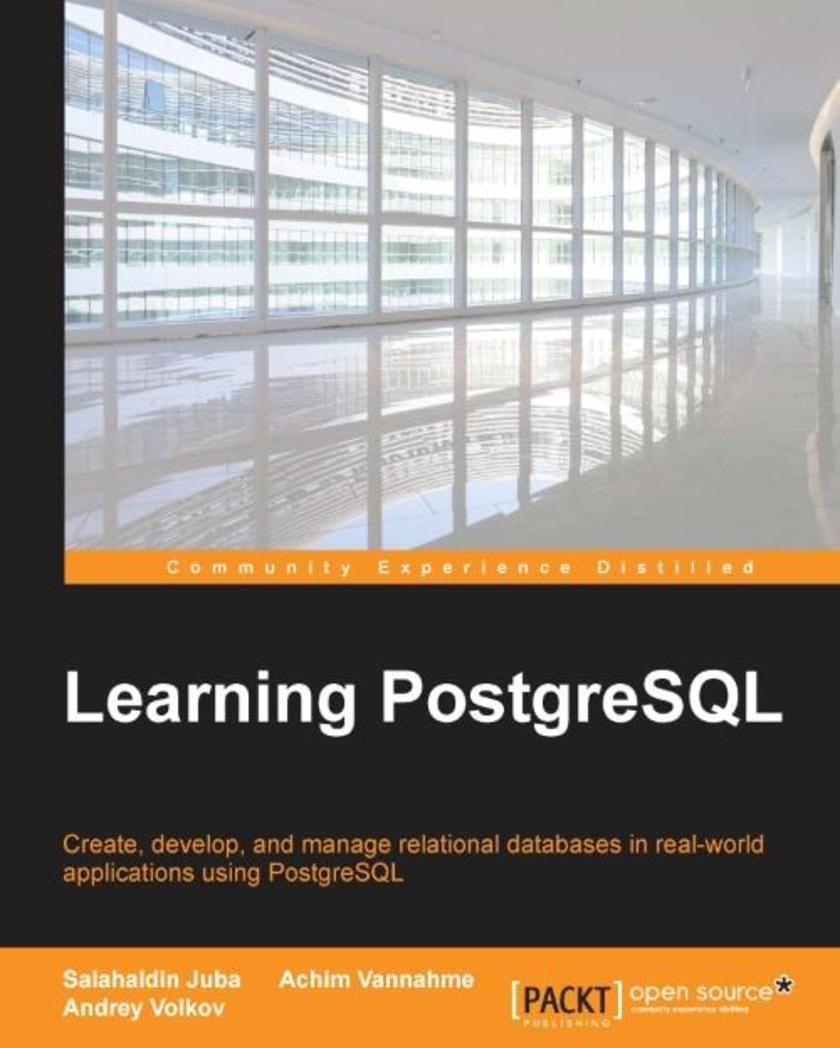
Learning PostgreSQL
¥99.18
Create, develop and manage relational databases in real world applications using PostgreSQL About This Book Learn about the PostgreSQL development life cycle including its testing and refactoring Build productive database solutions and use them in Java applications A comprehensive guide to learn about SQL, PostgreSQL procedural language and PL/pgSQL Who This Book Is For If you are a student, database developer or an administrator, interested in developing and maintaining a PostgreSQL database, then this book is for you. No knowledge of database programming or administration is necessary. Readers should, however, know SQL. What You Will Learn Learn concepts of data modelling and relation algebra Install and set up PostgreSQL database server and client software Implement data structures in PostgreSQL Manipulate data in the database using SQL Implement data processing logic in the database with stored functions, triggers and views Test database solutions and assess the performance Integrate database with Java applications Detailed knowledge of the main PostgreSQL building objects, most used extensions Practice database development life cycle including analysis, modelling, (documentation), testing, bug fixes and refactoring In Detail PostgreSQL is one of the most powerful and easy to use database management systems. It has strong support from the community and is being actively developed with a new release every year. PostgreSQL supports the most advanced features included in SQL standards. Also it provides NoSQL capabilities, and very rich data types and extensions. All that makes PostgreSQL a very attractive solution in various kinds of software systems. The book starts with the introduction of relational databases with PostegreSQL. It then moves on to covering data definition language (DDL) with emphasis on PostgreSQL and common DDL commands supported by ANSI SQL. You will then learn the data manipulation language (DML), and advanced topics like locking and multi version concurrency control (MVCC). This will give you a very robust background to tune and troubleshoot your application. The book then covers the implementation of data models in the database such as creating tables, setting up integrity constraints, building indexes, defining views and other schema objects. Next, it will give you an overview about the NoSQL capabilities of PostgreSQL along with Hstore, XML, Json and arrays. Finally by the end of the book, you'll learn to use the JDBC driver and manipulate data objects in the Hibernate framework. Style and approach An easy-to-follow guide to learn programming build applications with PostgreSQL, and manage a PostgreSQL database instance.
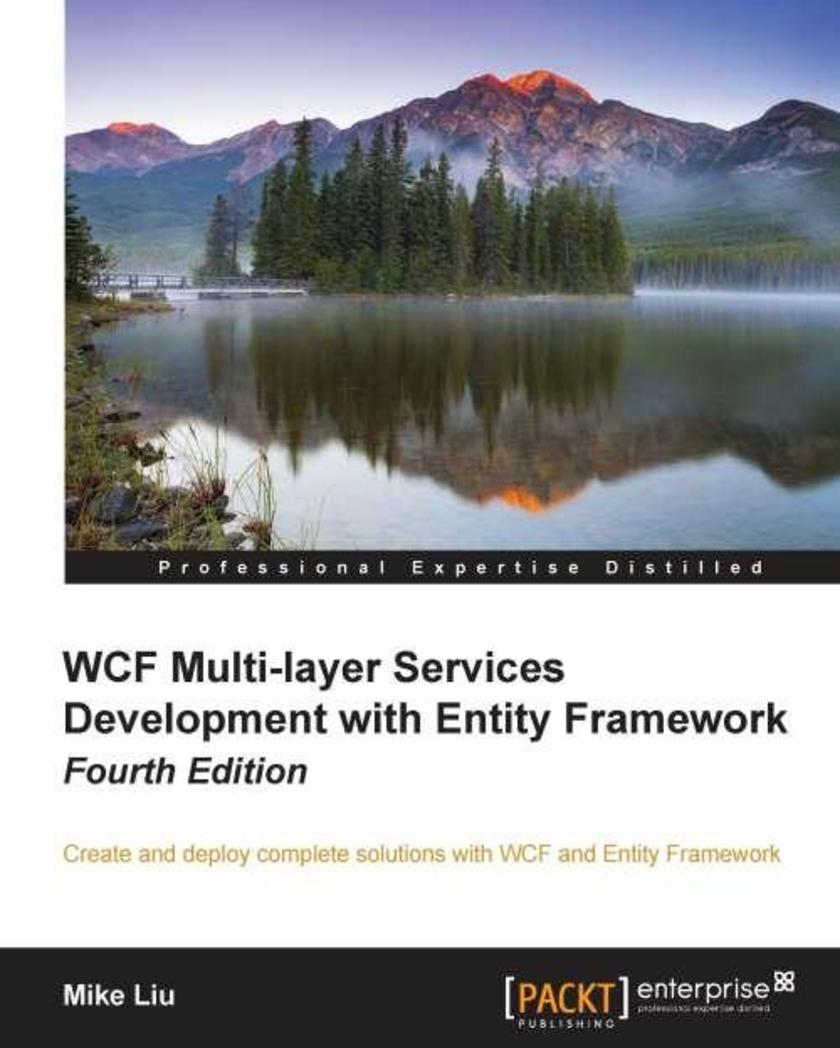
WCF Multi-layer Services Development with Entity Framework
¥99.18
If you are a C#, VB.NET, or C++ developer and want to get started with WCF and Entity Framework, then this book is for you. Competence in Entity Framework will be needed to follow the examples in the book, but experience in creating WCF services using Entity Framework is not necessary. Developers and architects evaluating SOA implementation technologies for their company will find this book useful.
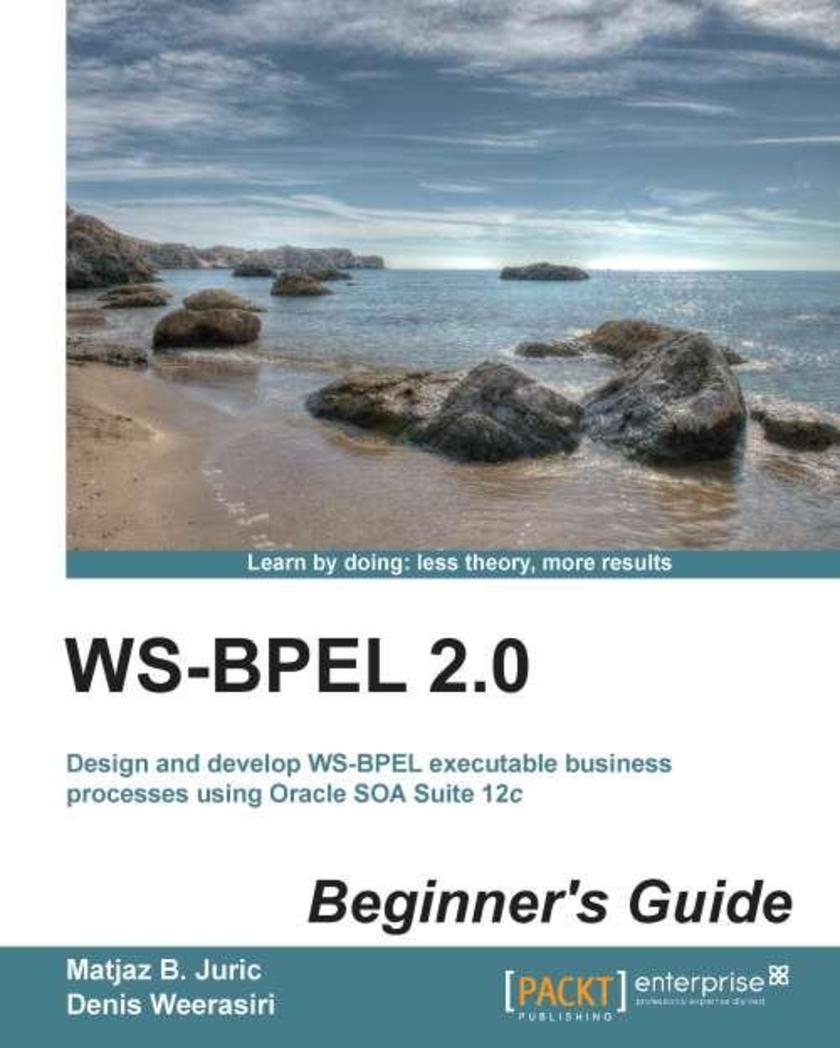
WS-BPEL 2.0 Beginner's Guide
¥99.18
If you are a software architect, a designer, a software developer, an SOA and BPM architect, a project manager, or a business process analyst who is responsible for the design and development of business processes, composite applications, and BPM/SOA solutions, then this book is for you. You should have a clear grasp of general SOA concepts including business processes and web services, but no prior knowledge of the BPEL language is required.
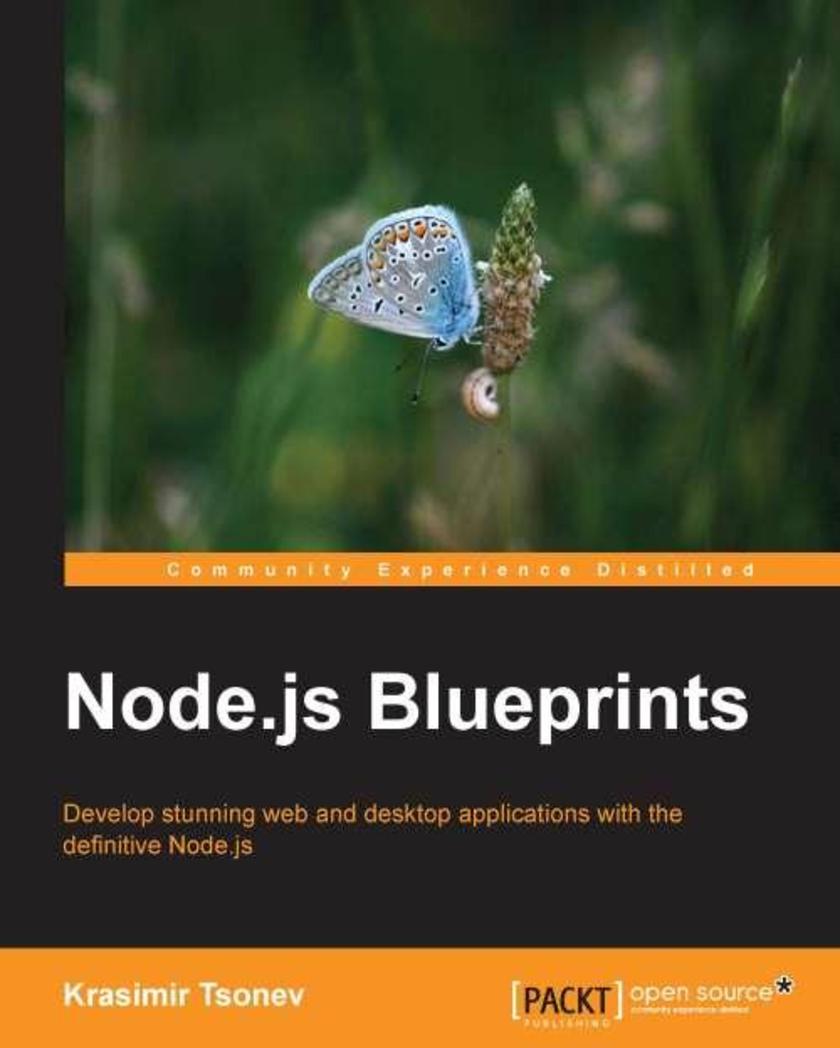
Node.js Blueprints
¥99.18
A straightforward, practical guide containing step-by-step tutorials that will push your Node.js programming skills to the next level. If you are a web developer with experience in writing client-side JavaScript and want to discover the fascinating world of Node.js to develop fast and efficient web and desktop applications, then this book is for you.

Processing XML documents with Oracle JDeveloper 11g
¥99.18
This book is for newcomer and intermediate Java developers who want to work with XML documents using JDeveloper 11g. No previous knowledge of JDeveloper is assumed but the reader will need to be comfortable in XML and Java environments. Employing a comprehensive tutorial-based approach, this easy-to-follow book shows the reader various means of processing XML documents using the power of Oracle's JDeveloper 11g. In next to no time, the reader will be able to create, format, transform, compare, and schema validate XML documents with Oracle's IDE.
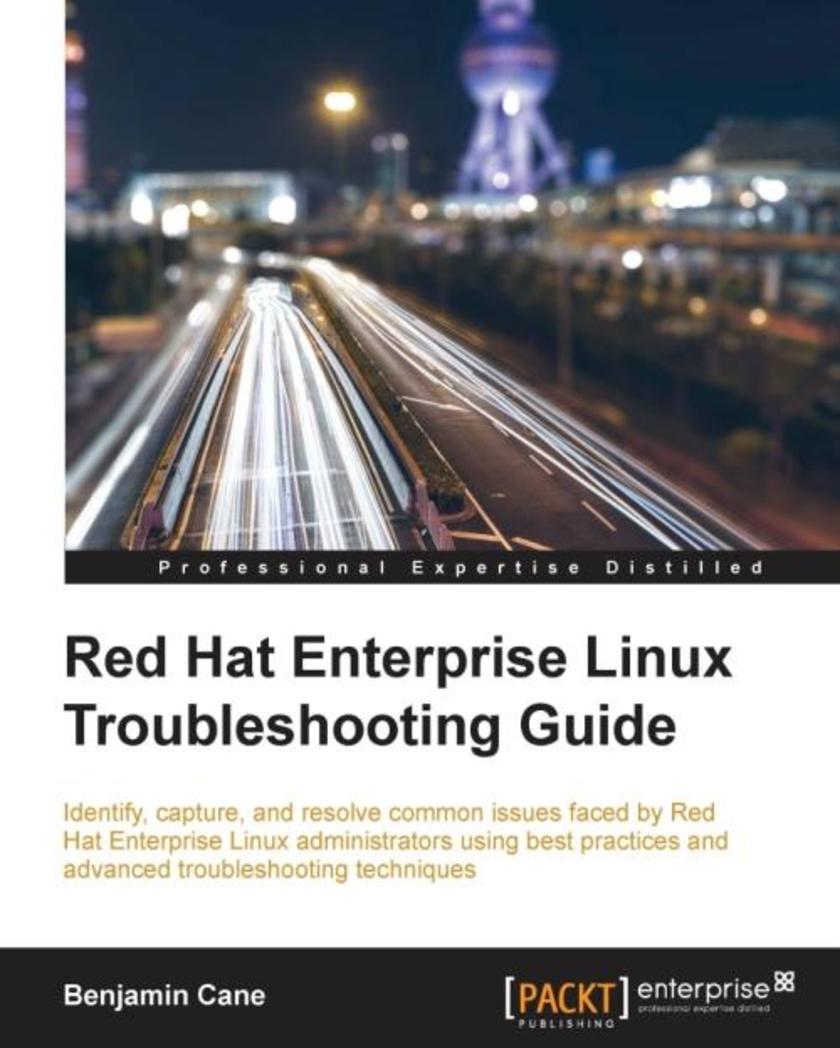
Red Hat Enterprise Linux Troubleshooting Guide
¥99.18
Identify, capture and resolve common issues faced by Red Hat Enterprise Linux administrators using best practices and advanced troubleshooting techniquesAbout This BookDevelop a strong understanding of the base tools available within Red Hat Enterprise Linux (RHEL) and how to utilize these tools to troubleshoot and resolve real-world issuesGain hidden tips and techniques to help you quickly detect the reason for poor network/storage performanceTroubleshoot your RHEL to isolate problems using this example-oriented guide full of real-world solutions Who This Book Is For If you have a basic knowledge of Linux from administration or consultant experience and wish to add to your Red Hat Enterprise Linux troubleshooting skills, then this book is ideal for you. The ability to navigate and use basic Linux commands is expected.What You Will LearnIdentify issues that need rapid resolution against long term root cause analysisDiscover commands for testing network connectivity such as telnet, netstat, ping, ip and curlSpot performance issues with commands such as top, ps, free, iostat, and vmstatUse tcpdump for traffic analysisRepair a degraded file system and rebuild a software raidIdentify and troubleshoot hardware issues using dmesgTroubleshoot custom applications with strace and knowledge of Linux resource limitations In Detail Red Hat Enterprise Linux is an operating system that allows you to modernize your infrastructure, boost efficiency through virtualization, and finally prepare your data center for an open, hybrid cloud IT architecture. It provides the stability to take on today's challenges and the flexibility to adapt to tomorrow's demands. In this book, you begin with simple troubleshooting best practices and get an overview of the Linux commands used for troubleshooting. The book will cover the troubleshooting methods for web applications and services such as Apache and MySQL. Then, you will learn to identify system performance bottlenecks and troubleshoot network issues; all while learning about vital troubleshooting steps such as understanding the problem statement, establishing a hypothesis, and understanding trial, error, and documentation. Next, the book will show you how to capture and analyze network traffic, use advanced system troubleshooting tools such as strace, tcpdump & dmesg, and discover common issues with system defaults. Finally, the book will take you through a detailed root cause analysis of an unexpected reboot where you will learn to recover a downed system.Style and approach This is an easy-to-follow guide packed with examples of real-world core Linux concepts. All the topics are presented in detail while you’re performing the actual troubleshooting steps.
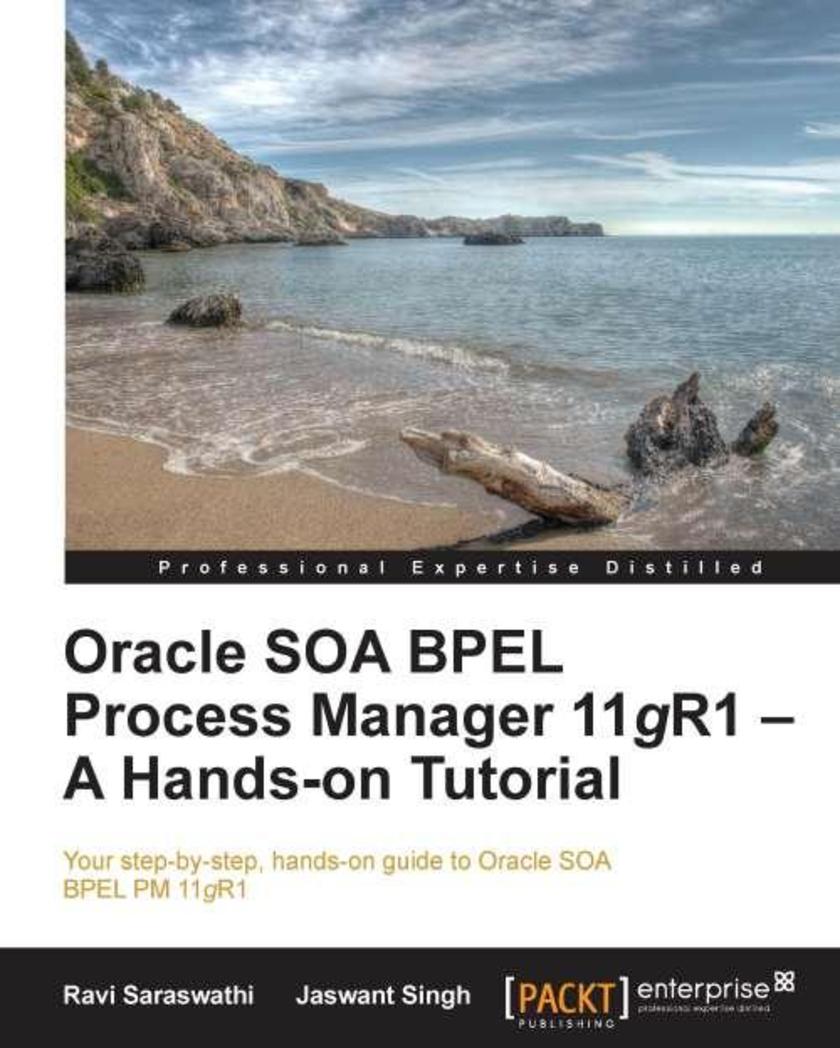
Oracle SOA BPEL Process Manager 11gR1 – A Hands-on Tutorial
¥99.18
This hands-on, example-driven guide is a practical getting started tutorial with plenty of step-by-step instructions for beginner to intermediate level readers working with BPEL PM in Oracle SOA SuiteWritten for SOA developers, administrators, architects, and engineers who want to get started with Oracle BPEL PM 11g. No previous experience with BPEL PM is required, but an understanding of SOA and web services is assumed
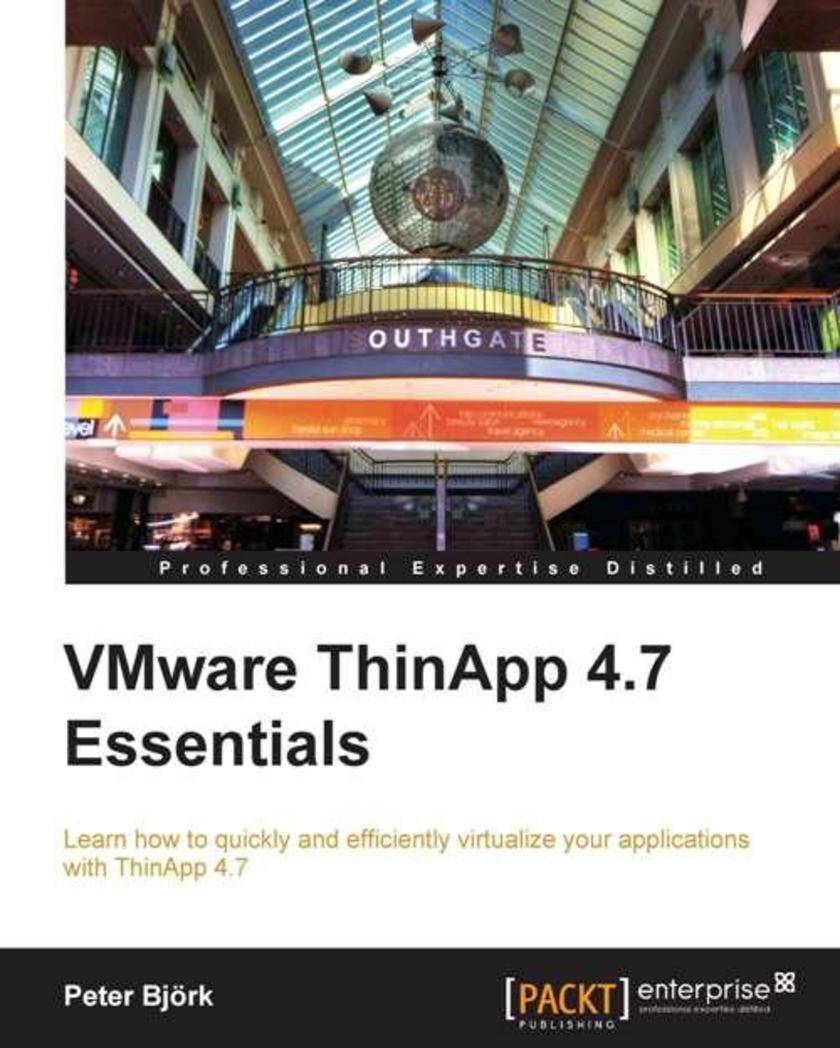
VMware ThinApp 4.7 Essentials
¥99.18
This book is written in practical tutorial style and it offers learning through vivid examples and. Each chapter contains step-by-step instructions about everything necessary to execute a particular task. The book is designed so that you can read it from start to end for beginners or just open up any chapter and start following the recipes as a reference for advanced users,This book will be useful to developers, System admins and consultants who want to install and manage a virtualized app environment using VMware ThinApp 4.7.
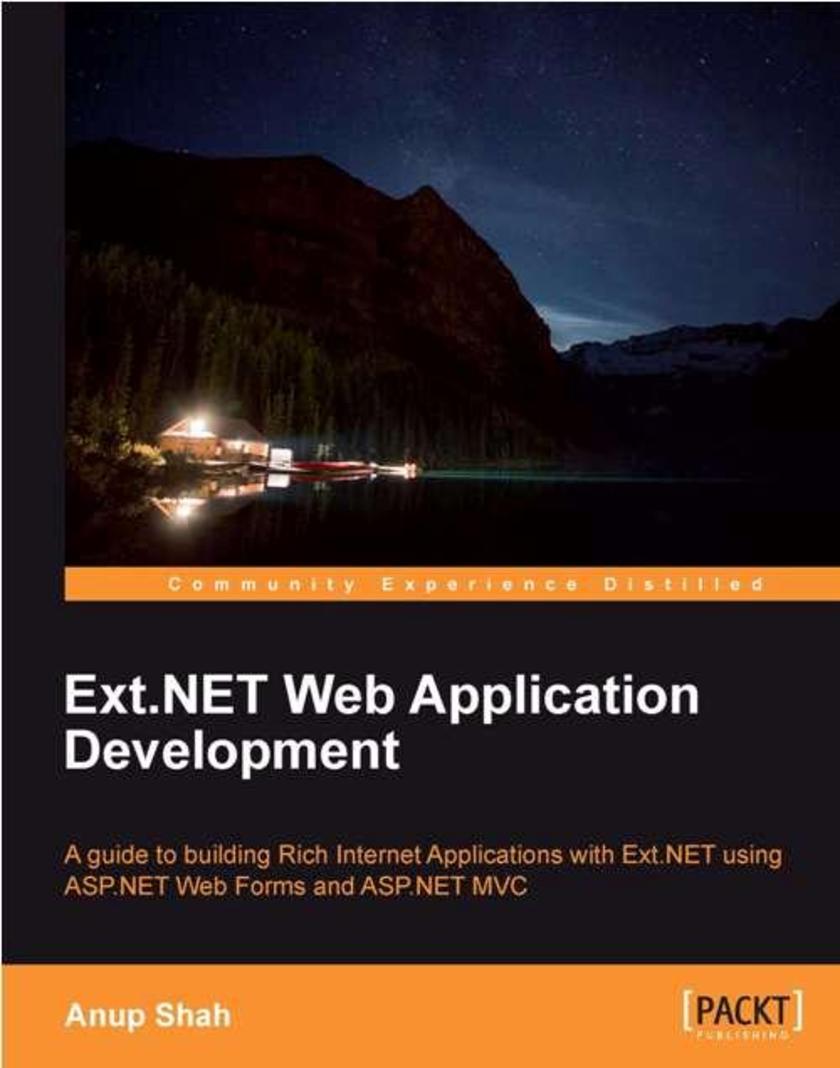
Ext.Net Web Application Development
¥99.18
This is a step-by-step tutorial packed with examples and tips to learn Ext.NET from scratch. This book is written for .NET Web Application Developers who are familiar with ASP.NET looking to build .NET based Rich Internet Applications. Whether you are new to Ext JS or you are looking to use your existing Ext JS skills in a .NET environment, this book will be useful for you.

Biztalk server 2010 patterns
¥99.18
This book is broken into two distinct parts. The first is a general introduction to BizTalk Server 2010 as well as the patterns commonly used in solutions built on the platform. It also includes explanations and motivations for these core patterns and practices. The second part is a hands-on real world example presented in a step-by-step manner that takes the reader through a multiphase solution and builds this simple project into a robust and complex middleware integration solution. This book is targeted at the professional developer or architect tasked with creating solutions that leverage BizTalk Server 2010. It assumes experience with Visual Studio and at least a minimal exposure to any version of BizTalk Server from 2004 to the present. Development managers with a technical background will also find this book useful in guiding their implementation teams. Cursory knowledge of XML, although useful, is not required; the text does include an XML primer in the appendix. Advanced BizTalk developers will learn many tips and techniques to improve the solutions they develop on the BizTalk 2010 platform.
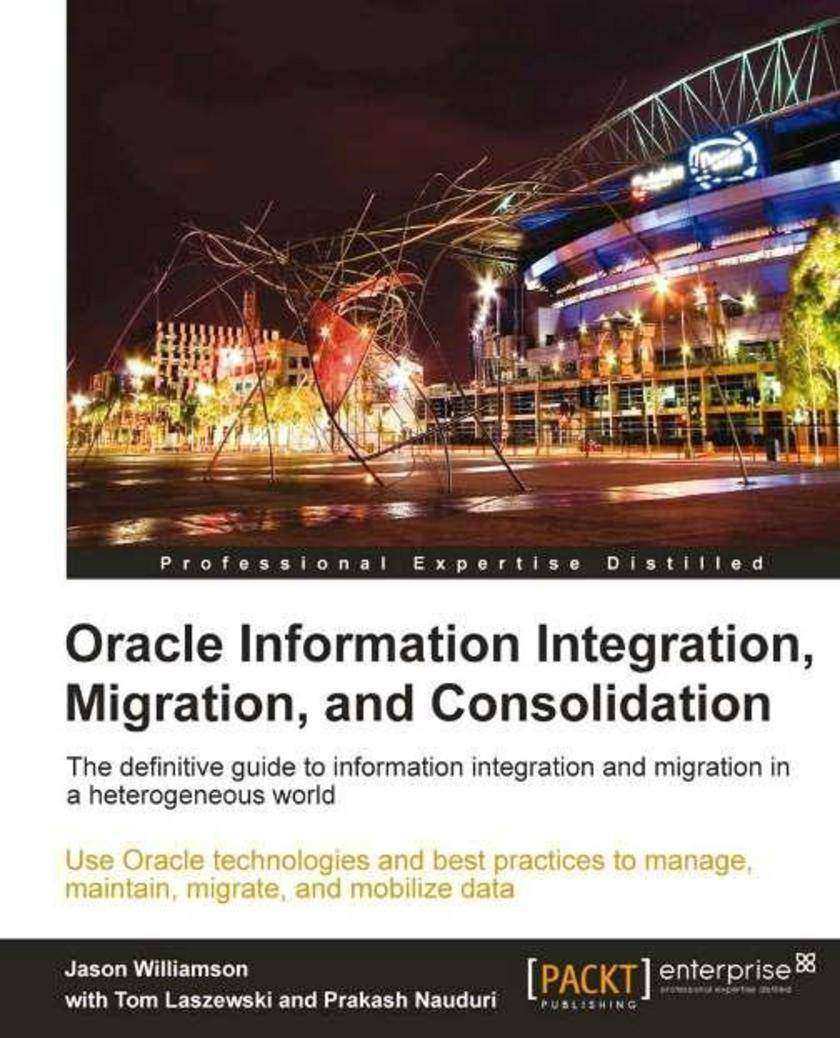
Oracle Information Integration, Migration, and Consolidation
¥99.18
This enormously practical guide, interspersed with numerous real-life case studies and actual business scenarios, shows readers when, where, and how to use Oracle's wide range of data integration products. If you are a DBA, application or data architect, or data integration specialist who is running an Oracle database or middleware and you want to learn about the latest on Oracle's information integration platform, then this book is for you. You can also benefit from this book if you are an application developer or technical and project lead with a focus on master data management, data warehousing, and data consolidation. You should have working experience with Oracle Database, data integration, consolidation, and migration, as well as some familiarity with integration middleware products and information service buses.

Oracle Warehouse Builder 11g R2: Getting Started 2011
¥99.18
This easy-to-understand tutorial covers Oracle Warehouse Builder from the ground up, and taps into the author's wide experience as a software and database engineer. Written in a relaxed style with step-by-step explanations, lots of screenshots are provided throughout the book. There are numerous tips and helpful hints throughout that are not found in the original documentation. By following this book, you can use Oracle Warehouse Builder in the best possible way and maximize your learning potential. This book is an update of Oracle Warehouse Builder 11g: Getting Started. This book is a good starting point for database engineers, administrators, and architects who are responsible for data warehouse projects and need to design them and load data into them. If you are someone who wants to learn Oracle Warehouse Builder and expand your knowledge of the tool and data warehousing, this is an ideal book for you. No prior data warehouse or database experience is presumed. All new database and data warehouse technical terms and concepts explained in clear easy-to-understand language.
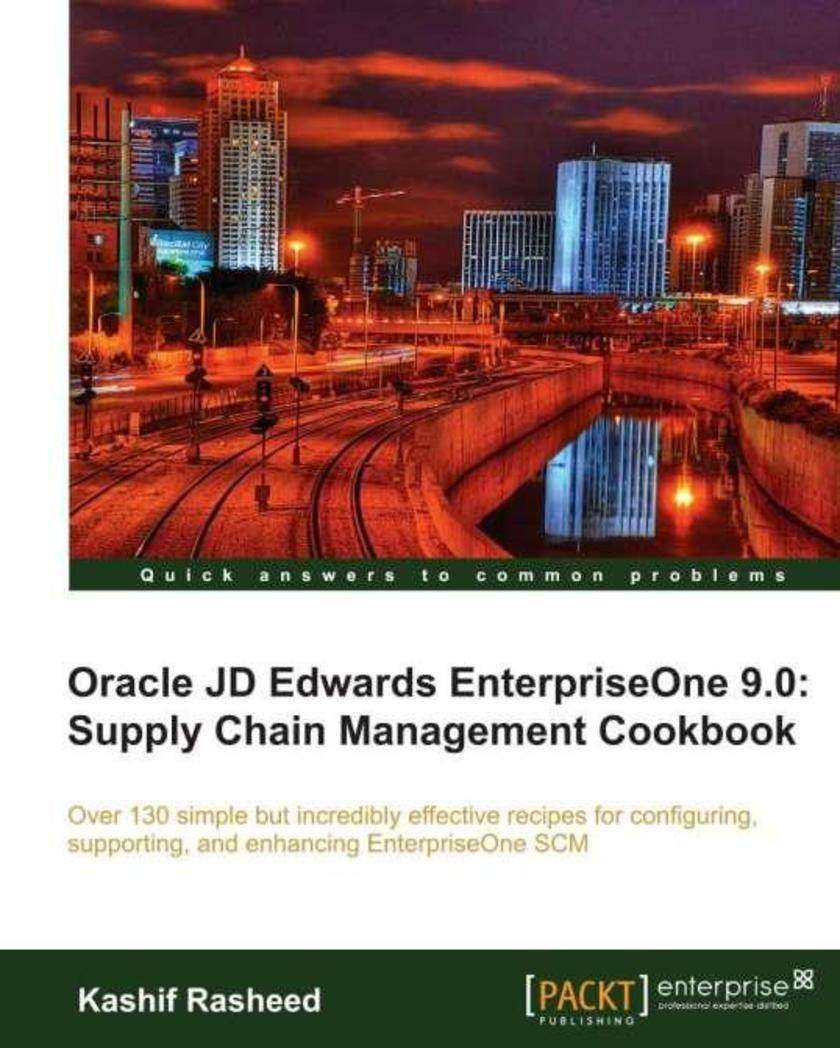
Oracle JD Edwards EnterpriseOne 9.0: Supply Chain Management Cookbook
¥99.18
A cookbook full of practical and immediately useable recipes for real world business implementation of EnterpriseOne Supply Chain Management. If you are a functional consultant, technical consultant/developer, or project manager and want to improve your business perspective of EnterpriseOne SCM, this book is for you. You should have basic knowledge of navigating EnterpriseOne and general supply chain familiarity. Knowledge of the Common Foundation JDE 9.0 module is advantageous; the supply chain business domain knowledge will be an add-on to this.
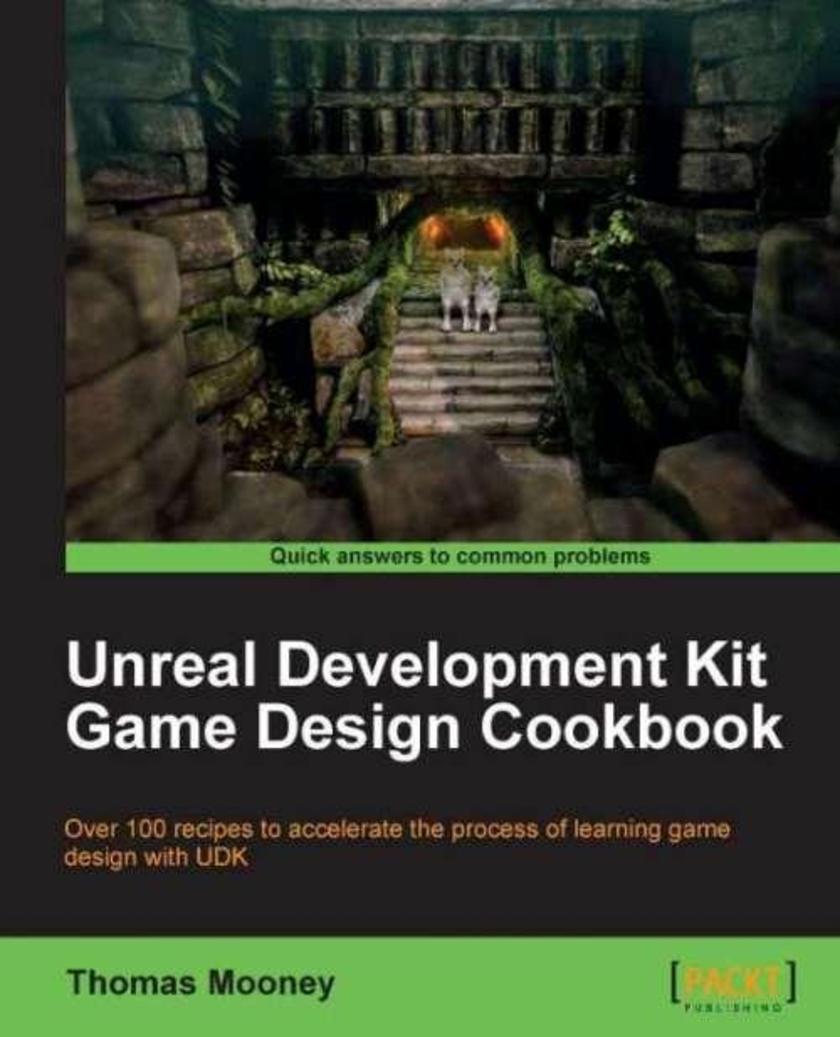
Unreal Development Kit Game Design Cookbook
¥99.18
Written in cookbook style, this book offers many recipes to learn game design with UDK. Each recipe contains step-by-step instructions followed by analysis of what was done in each task and other useful information. The book is designed so that you can read it chapter by chapter, or you can look at the list of recipes and refer to them in no particular order. This book is meant for game artists who are getting used to UDK but may feel the need for guidance on matters of implementation. It also targets brave beginners who are struggling to find an all in one package for getting started with UDK, and want a ready to hand reference. Level designers can use this book to gauge their understanding of the editor, check for specific problems, and discover gems they may not have come across before.
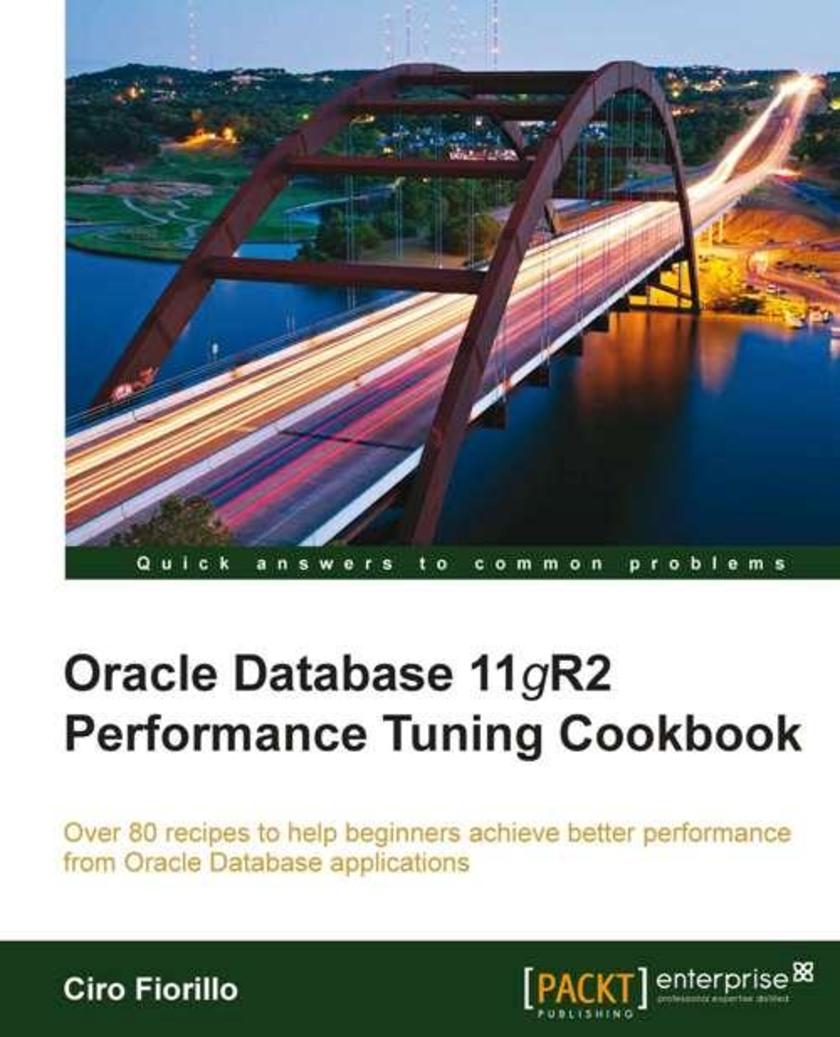
Oracle Database 11g R2 Performance Tuning Cookbook
¥99.18
In this book you will find both examples and theoretical concepts covered. Every recipe is based on a */procedure explained step-by-step, with screenshots, while theoretical concepts are explained in the context of the recipe, to explain why a solution performs better than another. This book is aimed at software developers, software and data architects, and DBAs who are using or are planning to use the Oracle Database, who have some experience and want to solve performance problems faster and in a rigorous way. If you are an architect who wants to design better applications, a DBA who is keen to dig into the causes of performance issues, or a developer who wants to learn why and where the application is running slow, this is the book for you. Basic knowledge of SQL language is required and general knowledge of the Oracle Database architecture is preferable.
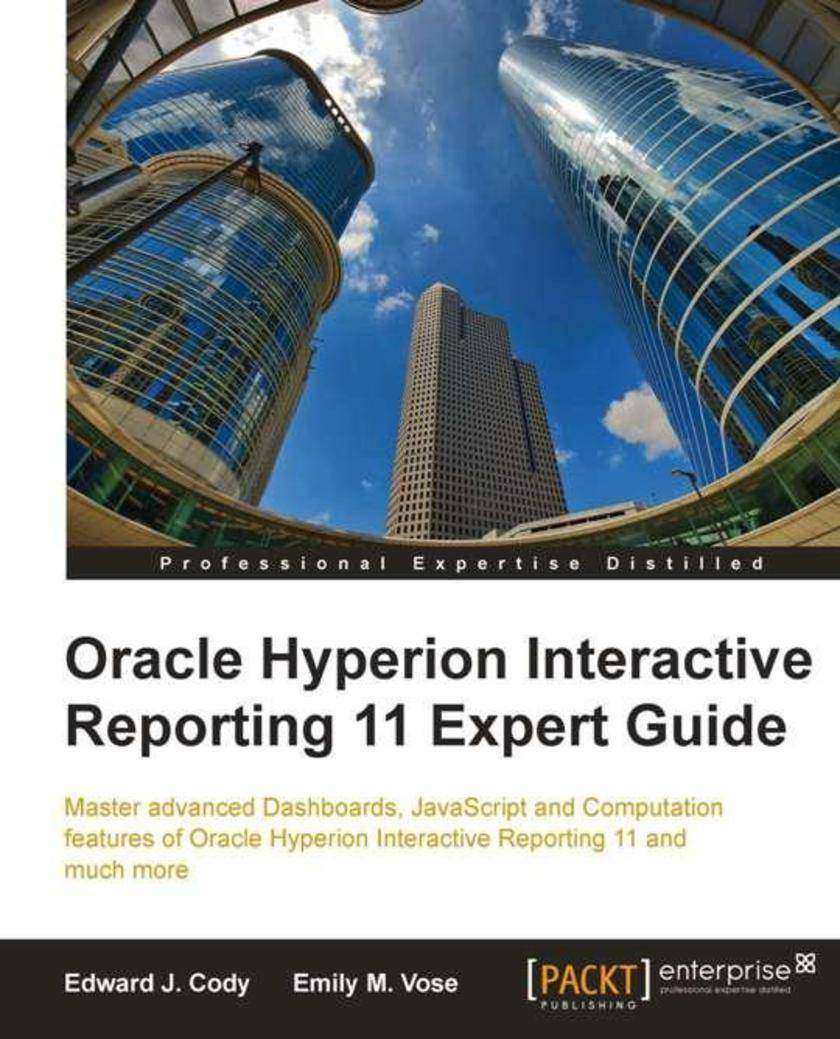
Oracle Hyperion Interactive Reporting 11 Expert Guide
¥99.18
This book is written in a simple, easy to understand format with screenshots, code samples, and step-by-step explanations that will guide you through the advanced techniques used by the experts. If you are an Oracle Hyperion Interactive reporting user or developer looking to become an expert in the product, then this book is for you. You will require a basic knowledge of Interactive Reporting, as this book starts with a brief overview and then dives into advanced techniques, functions, and best practices. Beginner users should consult The Business Analyst’s Guide to Oracle Hyperion Interactive Reporting 11 to gain insight on the software product.
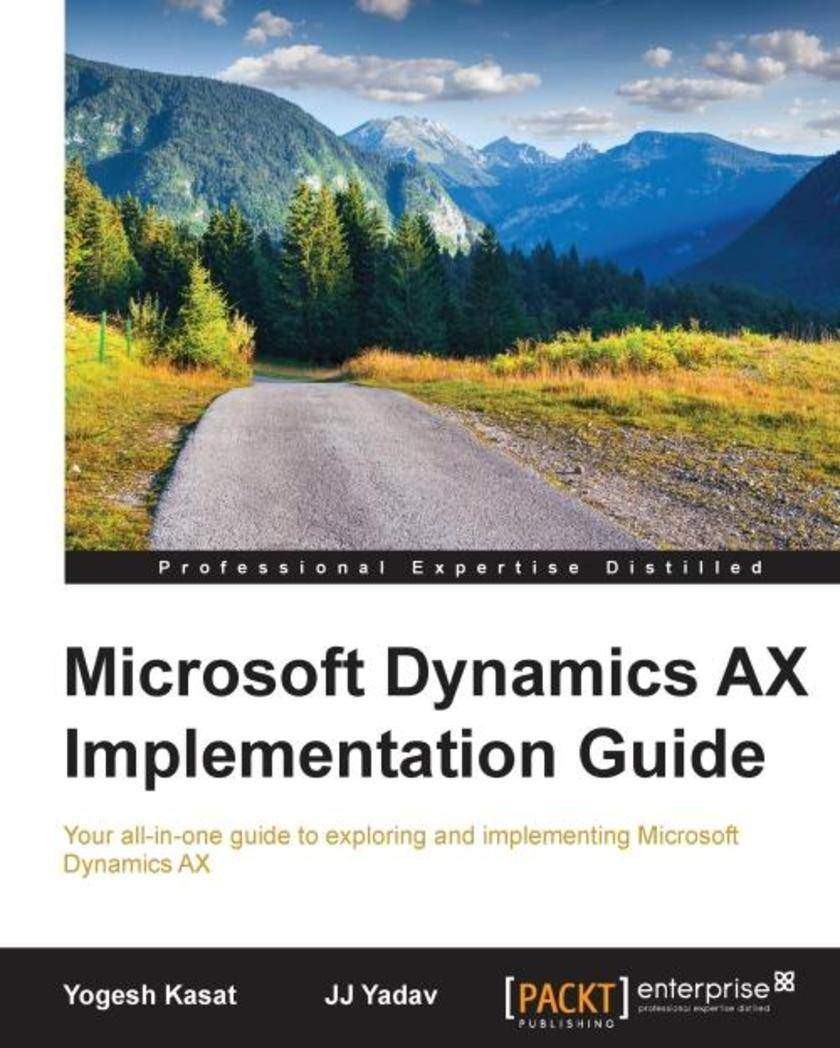
Microsoft Dynamics AX Implementation Guide
¥99.18
Your all-in-one guide to exploring and implementing Microsoft Dynamics AX About This Book From project kick-off to go live and upgrade, learn what to expect in each phase of the project This book guides you through the entire journey of a Dynamics AX implementation project, helping you to avoid the common pitfalls and adapt industry knowledge and best practices for your own project This one-stop guide is packed with key tools and techniques to aid your Dynamics AX implementation Who This Book Is For This book is for IT project managers, solution architects, and consultants who are planning to implement or are in the process of implementing or upgrading Dynamics AX. To use this book, you must have a working Dynamics AX system in place and must be familiar with the basics of Dynamics AX. What You Will Learn Prepare for a great start with effective project management and planning from the beginning Gather details early using effective requirement-gathering tools and techniques Gain tools and techniques for effective infrastructure planning and hardware sizing Get to grips with integration and data migration through planning and strategy Familiarize yourself with the reporting and BI tools Master functional and technical design to customize existing features and designs in your own projects Manage your configuration and you’re your configuration from one environment to another Learn industry’s best practices and recommendations on customization development and performance tuning In Detail Microsoft Dynamics AX is Enterprise Resource Planning (ERP) software that supports multi-site operations across various countries, providing international processing within the company. It is an ERP solution with a lot of features and functionality, and it provides support across the fields of financial, distribution, supply chain, project, customer relationship, HR, and field service management. This book is all about simplifying the overall implementation process of Dynamics AX. The purpose of this book is to help IT managers and solution architects implement Dynamics AX to increase the success rate of Dynamics AX projects. This all-in-one guide will take you through an entire journey of a Dynamics AX implementation, ensuring you avoid commonly-made mistakes during implementation. You’ll begin with the installation of Dynamics AX and the basic requirements. Then, you’ll move onto data migration, reporting, functional and technical design, configuration, and performance tuning. By the end of the book, you will know how to plan and execute Dynamics AX right, on your first attempt, using insider industry knowledge and best practices. Style and approach This is a progressive, easy-to-follow book that summarizes numerous aspects you need to know to make your Dynamics AX implementations successful using code examples to get you hands-on.
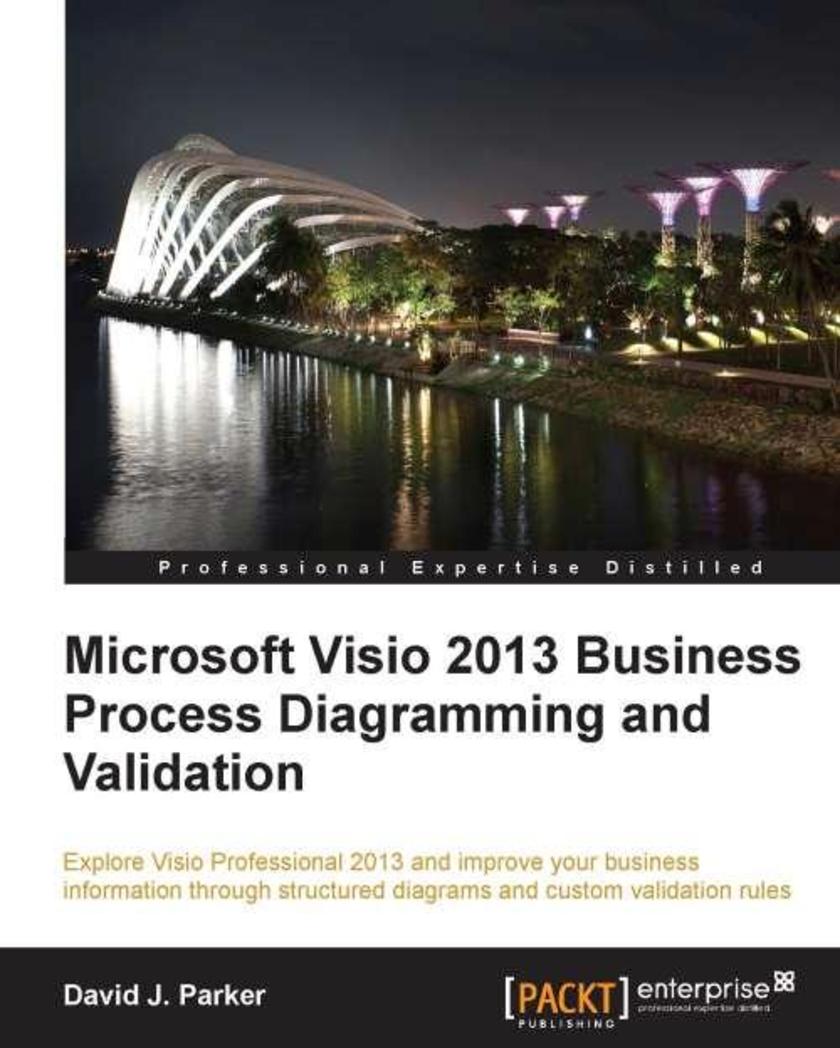
Microsoft Visio 2013 Business Process Diagramming and Validation
¥99.18
Microsoft Visio 2013 Business Process Diagramming and Validation provides a comprehensive and practical tutorial including example code and demonstrations for creating validation rules, writing ShapeSheet formulae, and much more.If you are a Microsoft Visio 2013 Professional Edition power user or developer who wants to get to grips with both the essential features of Visio 2013 and the validation rules in this edition, then this book is for you. A working knowledge of Microsoft Visio and optionally .NET for the add-on code is required, though previous knowledge of business process diagramming is not necessary. More experienced Visio users will gain valuable knowledge regarding building add-ons and creating and publishing rules. If you want to achieve results from Visio 2013 beyond the ordinary out-of-the-box features, then this book is ideal for you. Microsoft Visio 2013 Business Process Diagramming and Validation provides a comprehensive and practical tutorial including example code and demonstrations for creating validation rules, writing ShapeSheet formulae, and much more.
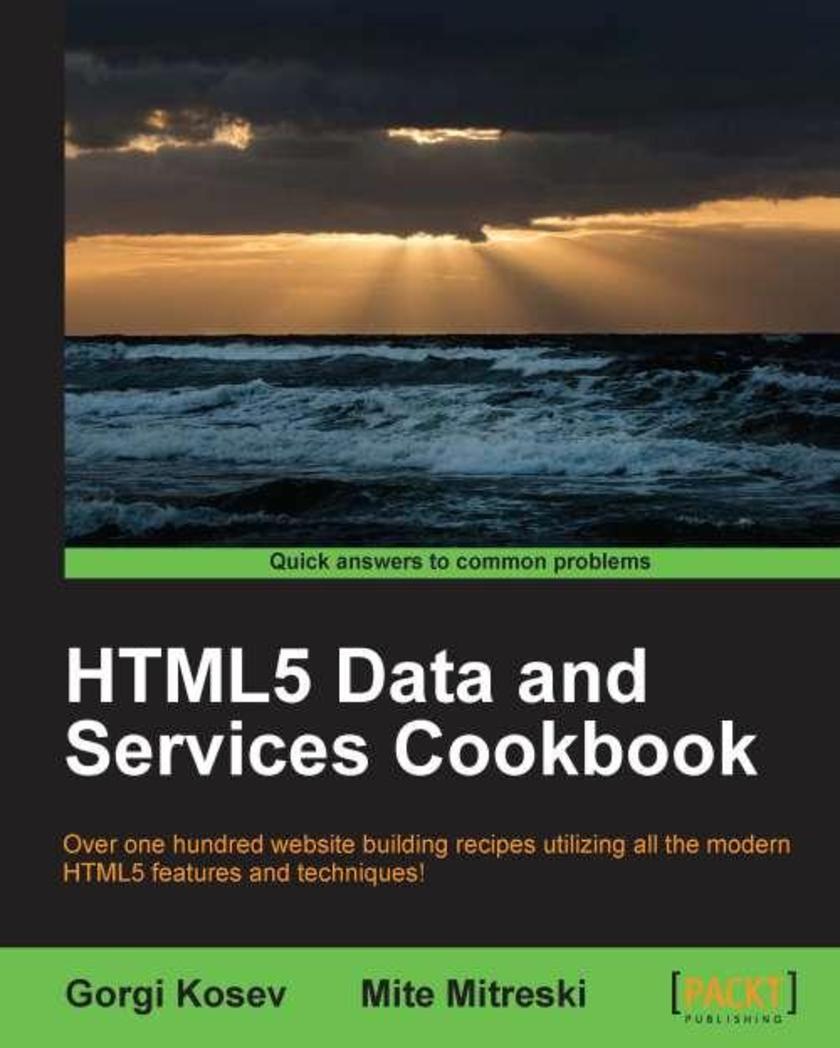
HTML5 Data and Services Cookbook
¥99.18
A practical approach with hands on recipes to learn more about HTML5 Data and Services, its features and techniques when building websites or web applications.This book is for programmers and developers who work with a lot of backend code and want to get fast tracked into the world of HTML5 and Java*. It is also for JavaScript developers who would like to update their knowledge with new techniques and capabilities made possible with HTML5.Some experience in HTML and jQuery is assumed.
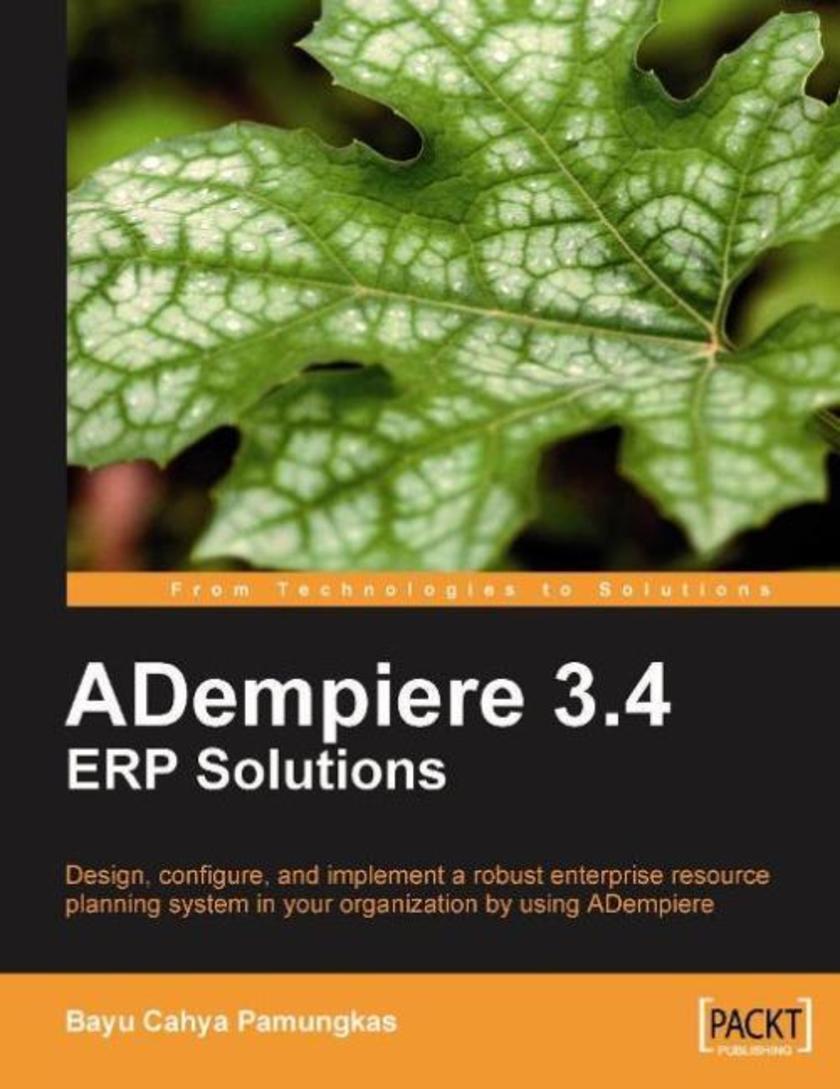
ADempiere 3.4 ERP Solutions
¥99.18
This book is an easy-to-follow tutorial that will show you how to install and implement ADempiere. You will be shown how to set-up and use the features of ADempiere through plenty of step-by-step instructions with lots of examples and screenshots, and you will have a feature-rich, working version of ADempiere by the end of the book. If you want to easily implement ADempiere in your organization, this book is for you. This book will also be beneficial to system users and administrators who wish to implement an ERP system. No previous knowledge of ADempiere is required. A basic knowledge of accounting and the standard business workflow would be beneficial.




 购物车
购物车 个人中心
个人中心



